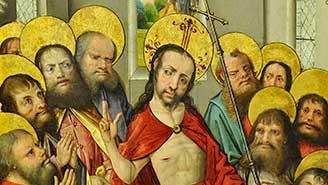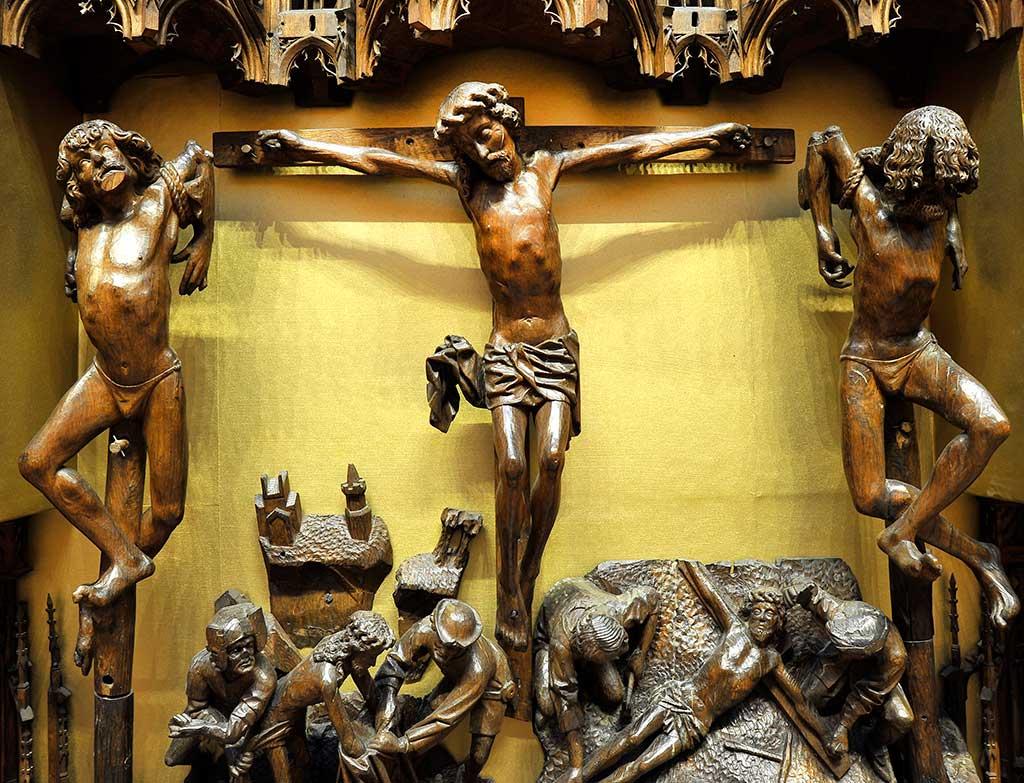
Revealing hidden 15th-century Renaissance art
We would love to redisplay and conserve our 15th-century Flemish altarpiece to reveal six paintings by the Master of the View of Sainte Gudule, and to reunite them with carvings in the piece.
Works by this 15th-century Flemish artist are rare in the UK and the oil-on-panel paintings on the back of the altarpiece shutters have been hidden from view for years. Revealing them would give the public a much greater appreciation of the work of this Renaissance painter.
The redisplay will be carried out with the help of acclaimed furniture conservator Rupert McBain and will include the building of a new oak frame. The frame will incorporate a mechanism to allow the regular opening and closing of the panels, so that the public can see the hidden art behind.
The project will include the incorporation of figures, which are in store at the Museum, carved by the renowned Brussels Sculptors’ Guild. These will be reunited with the carvings in the altarpiece. Missing pillars that would have linked the intricate canopies to the oak carvings, expressing the arrest, crucifixion and resurrection of Christ, will be carved and replaced.

The altarpiece will be raised and displayed on a stand in our 15th-century gallery. It will be placed alongside paintings from our religious art collection to recreate the impression of its original position above the altar in a church.
On the reverse of the oak carvings are three mallet marks, the hallmark of the Brussels Sculptors’ Guild. In order to give visitors an insight into the authentication of the altarpiece, we would like to be able to slide forward part of the carvings to reveal these marks. In addition, there will be a newly carved oak replica of part of the altarpiece so that visitors can feel the intricate texture and understand the skilled workmanship.
The conservation of the altarpiece will also include further research into how it would have originally been displayed, who may have commissioned it, who created it, and why our founders, John and Joséphine Bowes, considered it an important addition to their collection in 1859